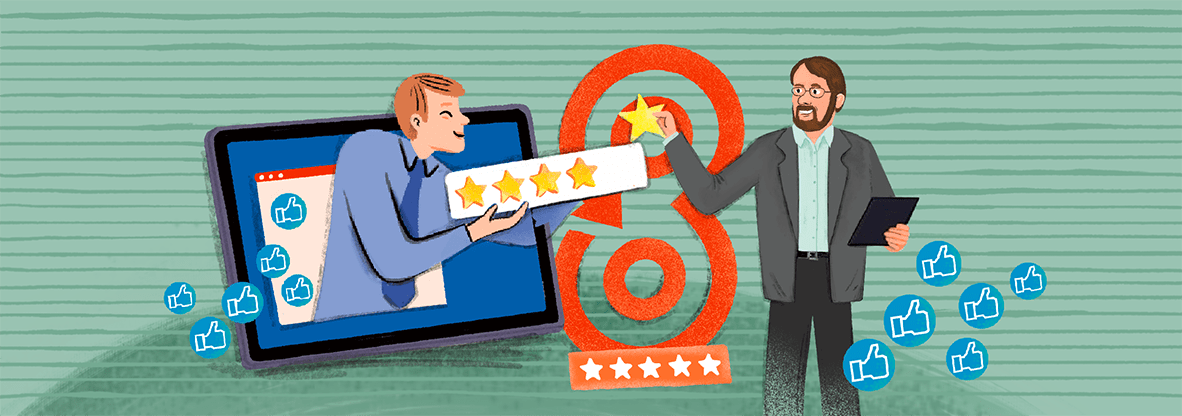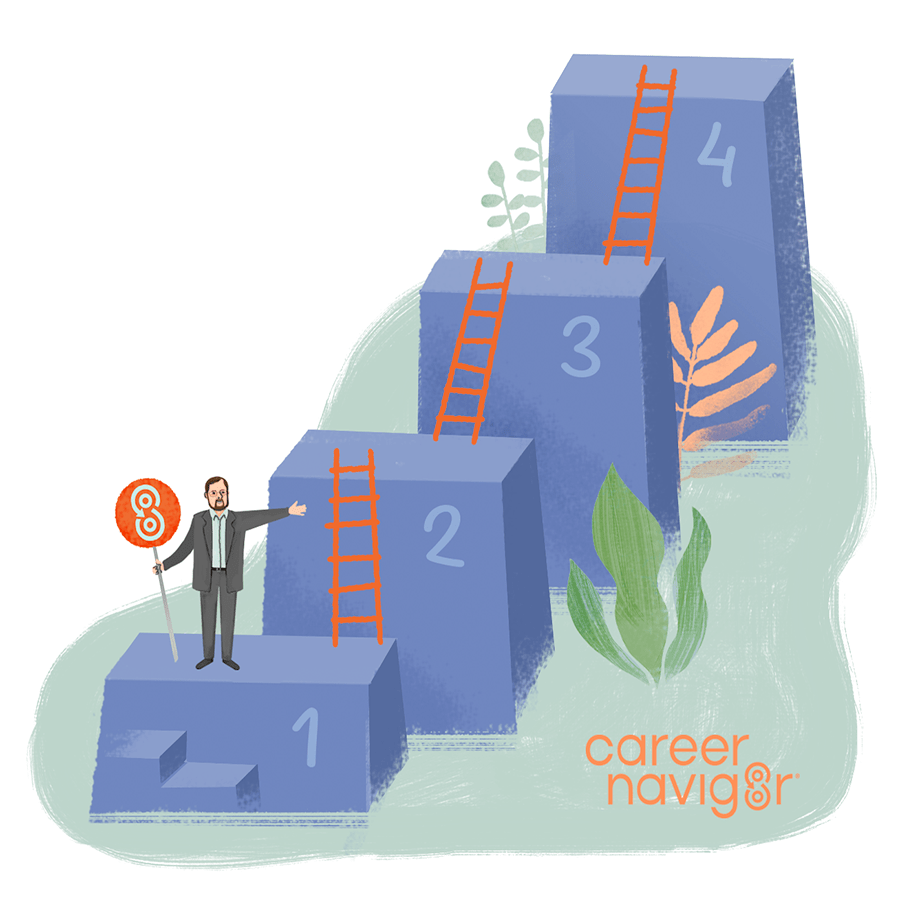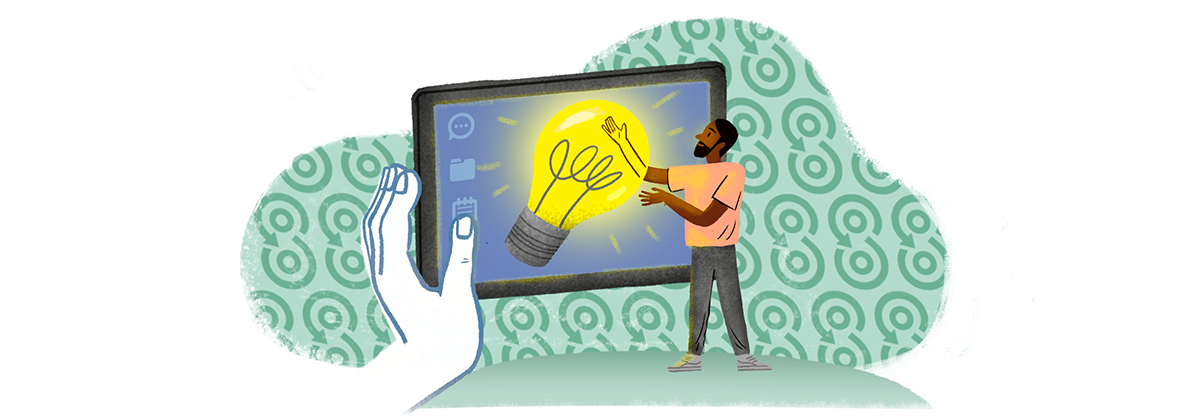How Microlearning Helps HR Teams Improve Career Skills

Professional development is hard enough at the best of times, but least of all when you’re working in a tense environment. In HR, time pressures and admin demands – not to mention the constantly shifting priorities of the c-suite – can lead to a feeling of constant crunch where learning and development are forced to take a back seat.
That said, building an HR team in these conditions is still possible, so long as you can find the right approach. That’s where microlearning comes in.
What Is Microlearning?
Microlearning techniques are all about chunking up your development into bite sized pieces. It’s about finding ways to improve skills and make changes in baby steps as opposed to the major overhauls that many departments opt for when facing a skills deficit.
How it works is simple. Each week, you set some time aside – five to ten minutes usually – to focus on a clear objective. Sometimes it’s practising a new skill, other times it’s finding a way to improve your existing workflow.
For HR professionals, this means being able to upskill while managing a busy workload. Microlearning allows them to absorb and apply knowledge quickly – often during natural breaks in the day – which makes learning far more sustainable in the long term.
Keep Your Learning on a Continuous Trajectory
It’s important to ensure that you’re always pushing towards a consistent goal. Microlearning in HR is at its most effective when each session is building on the goals of the last in some useful and practical way. This is why it can help to map out your plans ahead, so that you can get straight to work without worrying that you’re focusing on the right thing.
One format that can often work wonders is the lesson and test format. The way it works is simple. In one session, you/your team members watch a short video on a topic – let’s say conflict-resolution for example. Then, over the following sessions, you practise a scenario involving the skills mentioned in the video.
This works well because it takes advantage of the principle of reinforcement learning. Put simply, our brains aren’t very good at taking in lots of information in one go. Instead we like to learn a thing, wait a while and then practise it. By taking breaks in between practises, you let your brain solidify its new connections, slowly but surely building long term memory.
The Same Methods May Not Work For Everyone
With all workplace learning, it’s important to remember that the same approach won’t work well for everyone. People often have a natural intuition about the best ways for them to learn, so if microlearning isn’t a fit for them, then it may not be a good idea to push this approach too hard.
Instead, look for ways you can modify your plans to suit them. For example, some people struggle to learn when they’re around others. They like to take information away and process it in their own time. For these people you might try giving them access to learning resources so that they can control their own learning.
Other people struggle with a lack of variation. In order to spice things up, they might need to change their routine for a while, before returning to the original lesson. This more chaotic approach certainly isn’t for everyone but if a team member is willing to put the time in, it may be worth letting them take this independent approach.
Keep Things Practical
Now, you may be reading this and thinking that five-ten minute lessons are impractical and that the time it takes to organise them won’t be worth the reward. This can be true but it depends a lot on your workplace and many find, to their surprise, that microlearning techniques can actually slot perfectly into their routine.
As we mentioned earlier, brains need breaks and that’s not just when learning things. It’s very hard for most people to focus on one task for extended periods of time. In fact, most people will quite naturally take a quick break once every hour or two just to realign themselves.
Now, we’re certainly not saying that you should take away people’s coffee breaks – that might just cause a riot. Instead, we’re suggesting that you encourage team members to find micro-learning moments as and when they need them to break up the rest of the day.
Lastly, whatever your approach, don’t feel like you have to be a slave to one method. Learning is at its best when it’s tailored to the student so be sure to experiment and find the approach that’s the best fit for you and your team.


